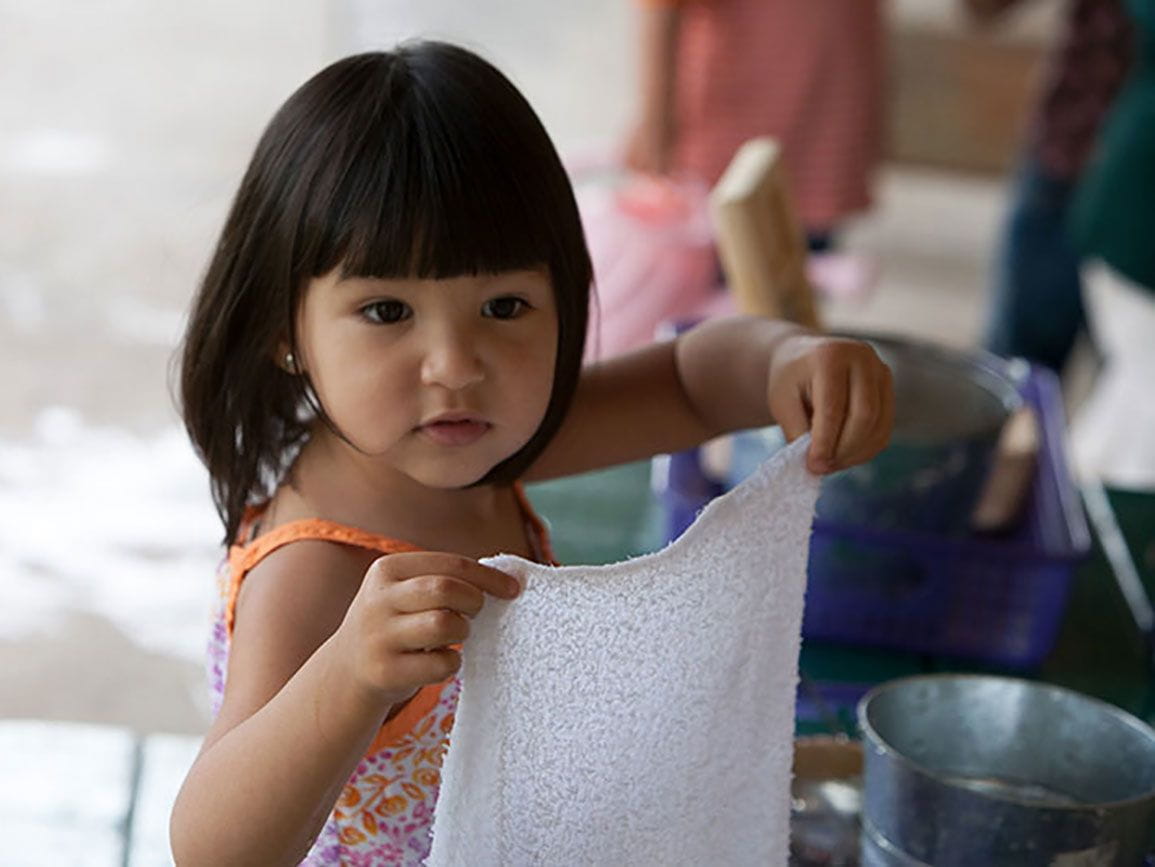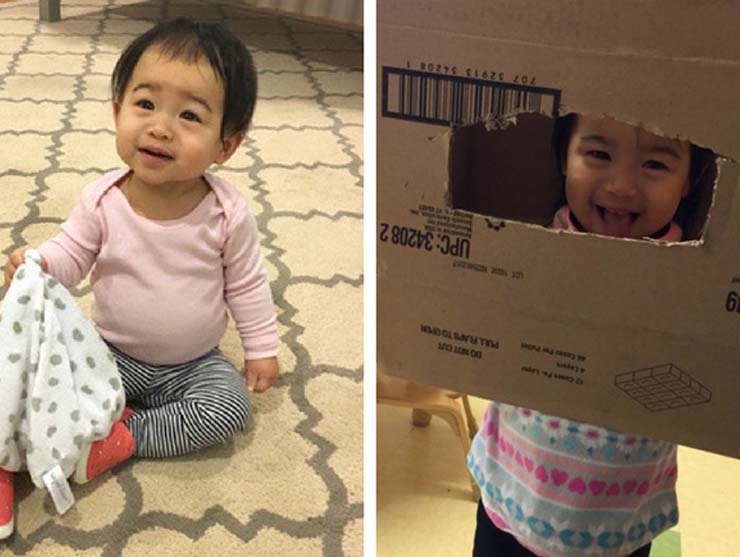From infancy, humans seem to be on a quest for independence. Babies insist on holding a bottle or picking up food themselves. Toddlers emphatically announce, "Me do it." The preschool years are a time of burgeoning growth as children gain the intellectual, verbal, and social-emotional skills to tackle more tasks on their own.
But how do you balance your child's desire for independence with his need for safety and limits?
This issue is one that doesn't go away as your child gets older but continues to emerge. Think of sleepovers, extracurricular activities, teen dating, sports, and perhaps the scariest of all — handing over the car keys to your teen driver.
The communication and relationship style you develop when your child is a preschooler will continue to inform your parenting for many years to come. Here are a few ideas to navigate the journey to independence with your child.
Tips to Help Preschool Children Develop Independence
- Pick your battles. If you find yourself butting heads with your preschooler, ask yourself, "Will this matter a year from now?" In many cases, it's okay — and even desirable — to let your preschooler make decisions. Parents always get the final say in matters of safety, health, and well-being, but your preschooler can help make many small decisions, such as which book to read at story time or which movie to watch at family movie night.
- Offer choices. One of the simplest ways to foster independence and help develop critical thinking skills in toddlers and preschoolers is by offering choices you both can live with. For example, many children love to choose what they'll wear each day, but still need a little guidance to make appropriate choices. Let your child pick her clothing, but set some boundaries, e.g., "It's cold outside so you need to wear pants or leggings."
- Provide flexibility within structure. Predictability and consistency help children feel safe, but rigidity can cause them to bristle. Maintain a schedule and let your child know what to expect. At the same time, be willing to make changes when necessary. For example, perhaps you have a rule that you eat dinner as a family with no television or devices on. This is a perfectly reasonable rule, but there's room for flexibility too. It's okay to move dinner back 15 minutes to let your child finish watching a favorite television program. These small gestures build a spirit of good will and cooperation within your family.
- Support growth. Early childhood theorist, Lev Vygotsky, favored an approach of "scaffolding" children's growth to teach new skills. He suggested observing children to understand what skills they had already mastered, then working directly with them to learn a new, slightly more difficult skill. Perhaps your preschooler can put on a shirt or pair of pants, but hasn't learned to put on shoes and socks. Encourage your child to learn these skills and practice together for several days. Soon your child will develop the new skill independently.
- Encourage healthy risk. As parents, it’s our job to keep our kids safe, but there’s a difference between a hazard and a risk. A hazard is something unpredictable and unmanageable that can and likely will hurt your child, such as traffic or poisonous substances. A healthy risk is something that might make you cringe a bit, but supports your child’s growth and development. Examples might include riding bikes or climbing trees after you’ve talked with your child about safety rules and potential dangers. In a healthy risk, you’ve done your part to ensure your child’s safety, and your child knows and can moderate potential dangers.
- Embrace mistakes. When children are little, it’s appropriate to offer plenty of support, but as they get older, we can’t always be there. We have to let them make mistakes because they learn the most from those trial and error moments.
- Set up the environment for success. How your home is organized can make a big difference in your child's independence. Organize your home so your child knows where everything goes. Shoes and coat go in the mudroom, for instance. Toys go in marked bins in the playroom or bedroom. In the kitchen, keep plastic dishware down low and teach your child how to get a simple snack or cup of water.
Think about the experience of parenting as slowly releasing responsibility over time, starting when your child is in preschool. Your child should learn from an early age that you are her best advocate and cheerleader.
At the same time, it's your job to keep her safe and healthy by setting reasonable limits. Mutual respect, understanding, and cooperation guide every interaction.
Family Webinar: Boosting Your Child’s Independence and Resilience
Is your child in the “I can do it myself!” stage? Watch this webinar to find out how you can foster independence and resilience — two incredibly important emerging skills.
More on Independence in Children
- Find 10 activities for kids that encourage preschool independence and autonomy.
- Learn why it is important to let kids fail and learn from mistakes.
- As the free-range parenting debate continues in the media, one working mom shares how child care, sports, and activities help her kids be independent.





